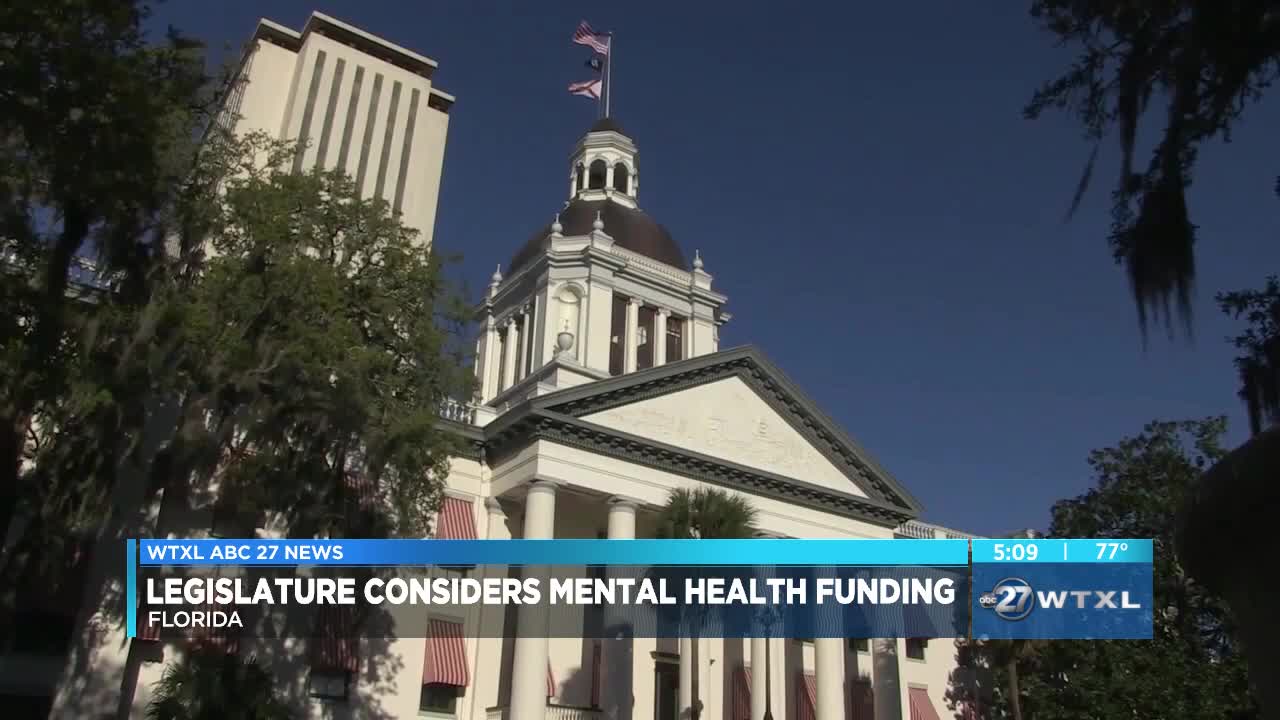TALLAHASSEE, Fla. — Two suicides in the span of a week involving student survivors of last year’s Parkland school shooting have sparked a new question at the Florida Capitol: How much mental-health money should the state provide to schools?
The Senate has proposed setting aside $100 million for schools to offer mental-health services next year, $30 million more than what the House has recommended.
The services are tied to parts of wide-ranging school safety bills that advanced this week in the House and Senate. Mental-health funding came back to the spotlight this week after two reported suicides, including one student who graduated last year from Marjory Stoneman Douglas High School and another 16-year-old who was a current student at the school.
Senate President Bill Galvano, the sponsor of the post-Parkland school safety bill that passed last year, says addressing mental health was at the heart of his proposal.
“I have always been a strong advocate for having services available and having appropriate funding available," said Galvano.
Governor Ron DeSantis feels Florida has made progress by increasing funding for mental-health services, but he says the challenge is to make sure the money is delivered effectively.
“In the aftermath of Parkland, there was a lot of attention on this but yet you have this. So, we want to hear from folks and figure out what the state can be doing more, what the local communities can be doing more, you know to try to fight it," said DeSantis.
State law requires school districts to craft plans and spend the vast majority of $69 million provided by the Legislature last year to offer services to students dealing with mental-health issues or substance-abuse problems.
However, the legislation did not require districts to spend that money on suicide prevention. This year’s school-safety bill would give districts better access to the problems at-risk students face and to the mental-health services.


